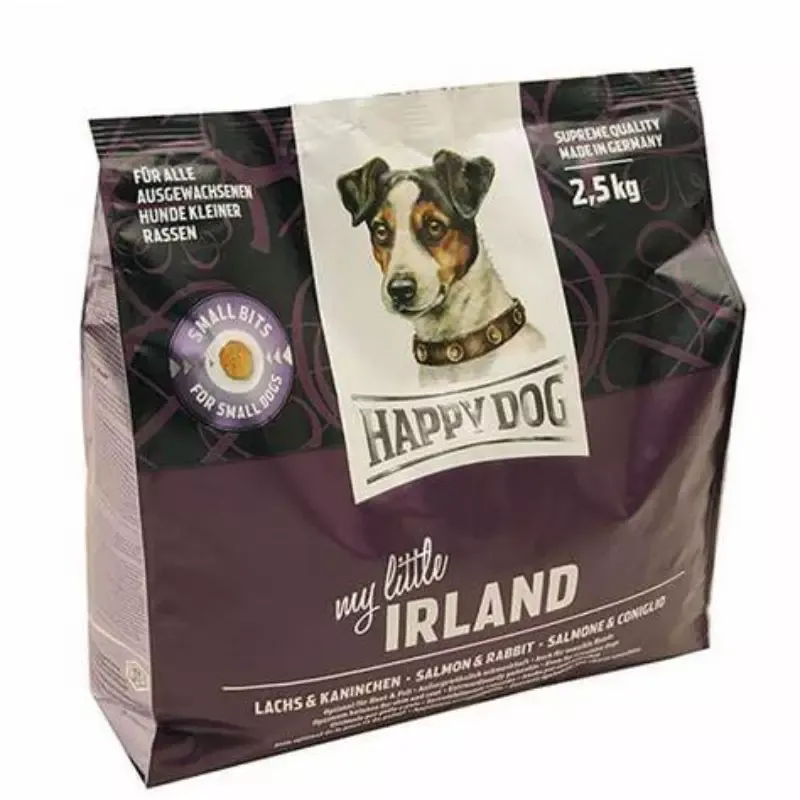- Afrikaans
- Albanian
- Amharic
- Arabic
- Armenian
- Azerbaijani
- Basque
- Belarusian
- Bengali
- Bosnian
- Bulgarian
- Catalan
- Cebuano
- chinese_simplified
- chinese_traditional
- Corsican
- Croatian
- Czech
- Danish
- Dutch
- English
- Esperanto
- Estonian
- Finnish
- French
- Frisian
- Galician
- Georgian
- German
- Greek
- Gujarati
- haitian_creole
- hausa
- hawaiian
- Hebrew
- Hindi
- Miao
- Hungarian
- Icelandic
- igbo
- Indonesian
- irish
- Italian
- Japanese
- Javanese
- Kannada
- kazakh
- Khmer
- Rwandese
- Korean
- Kurdish
- Kyrgyz
- Lao
- Latin
- Latvian
- Lithuanian
- Luxembourgish
- Macedonian
- Malgashi
- Malay
- Malayalam
- Maltese
- Maori
- Marathi
- Mongolian
- Myanmar
- Nepali
- Norwegian
- Norwegian
- Occitan
- Pashto
- Persian
- Polish
- Portuguese
- Punjabi
- Romanian
- Russian
- Samoan
- scottish-gaelic
- Serbian
- Sesotho
- Shona
- Sindhi
- Sinhala
- Slovak
- Slovenian
- Somali
- Spanish
- Sundanese
- Swahili
- Swedish
- Tagalog
- Tajik
- Tamil
- Tatar
- Telugu
- Thai
- Turkish
- Turkmen
- Ukrainian
- Urdu
- Uighur
- Uzbek
- Vietnamese
- Welsh
- Bantu
- Yiddish
- Yoruba
- Zulu
Sustainable Packaging Solutions for Eco-Conscious Products That Reduce Environmental Impact
Embracing Environmentally Friendly Product Packaging
In recent years, there has been an increasing awareness of the environmental challenges that our planet faces. Climate change, pollution, and excessive waste are pressing issues that demand immediate action. As consumers become more conscious of their purchasing decisions and their impact on the environment, businesses are responding by adopting environmentally friendly product packaging. This shift not only benefits the planet but also enhances brand loyalty and aligns with the values of modern consumers.
The Need for Sustainable Packaging
Traditional packaging materials, such as plastic, contribute significantly to environmental degradation. Single-use plastics, in particular, are notorious for their detrimental impact on oceans and wildlife. According to the United Nations, approximately 13 million tons of plastic end up in the oceans each year, harming marine ecosystems and entering the food chain. In contrast, environmentally friendly packaging options are designed to minimize waste, reduce carbon footprints, and utilize renewable resources.
The call for sustainable packaging is not merely a trend; it is a vital necessity. Brands that ignore this shift may find themselves at odds with consumers who are increasingly favoring companies with a strong commitment to environmental stewardship. Research shows that 72% of consumers are willing to pay more for products that use sustainable packaging, indicating a clear market incentive for businesses to prioritize eco-friendly practices.
Types of Eco-Friendly Packaging
There are several innovative materials and approaches that companies are integrating into their packaging processes
. Here are a few noteworthy examples1. Biodegradable Materials These materials break down naturally and decompose over time, reducing landfill waste. Bioplastics, often made from plant starches or other renewable resources, are becoming popular in the packaging industry.
2. Recycled Materials Many companies are turning to recycled paper and plastics to create packaging. By reusing materials, these businesses help reduce the demand for new raw materials, thereby lessening the environmental impact associated with production.
environmentally friendly product packaging

3. Minimalist Packaging Rather than over-packaging products, many brands are adopting a minimalist approach. This involves using simpler designs and fewer materials without sacrificing functionality. Minimalist packaging not only reduces waste but also often conveys a modern, upscale aesthetic that appeals to consumers.
4. Edible Packaging An exciting innovation in sustainable packaging is the development of edible materials. For example, some food brands are experimenting with wrappers made from seaweed or other plant-based ingredients, allowing consumers to consume both the product and its packaging.
The Benefits of Environmentally Friendly Packaging
Switching to eco-friendly packaging provides numerous advantages beyond environmental protection. Firstly, it can significantly enhance a brand's image. Companies that prioritize sustainability often enjoy increased customer loyalty, as consumers appreciate businesses that align with their values. Additionally, using green packaging can set a brand apart in a crowded market, serving as a unique selling point.
Moreover, regulatory pressures are also compounding the need for brands to adopt sustainable practices. Many governments around the world are implementing stricter regulations on single-use plastics and encouraging companies to integrate more recyclable materials into their products. Those who proactively adjust their packaging strategies not only comply with regulations but also future-proof their business against potential penalties.
Conclusion
The shift toward environmentally friendly product packaging represents a crucial step in addressing environmental concerns while meeting the evolving expectations of consumers. By embracing sustainable materials and innovative designs, companies can play a vital role in reducing waste and fostering a cleaner planet. As we move forward, it is essential for businesses to recognize that adopting eco-friendly practices is not just a matter of ethics; it is a smart business strategy that leads to long-term success.
In conclusion, the journey toward sustainable product packaging is a valuable opportunity for brands to showcase their commitment to the planet and connect with conscientious consumers. The choices made today will determine the health of the planet for future generations, making the drive for environmentally friendly packaging not just important, but imperative. Together, consumers and businesses can lead the charge toward a more sustainable and responsible future.













